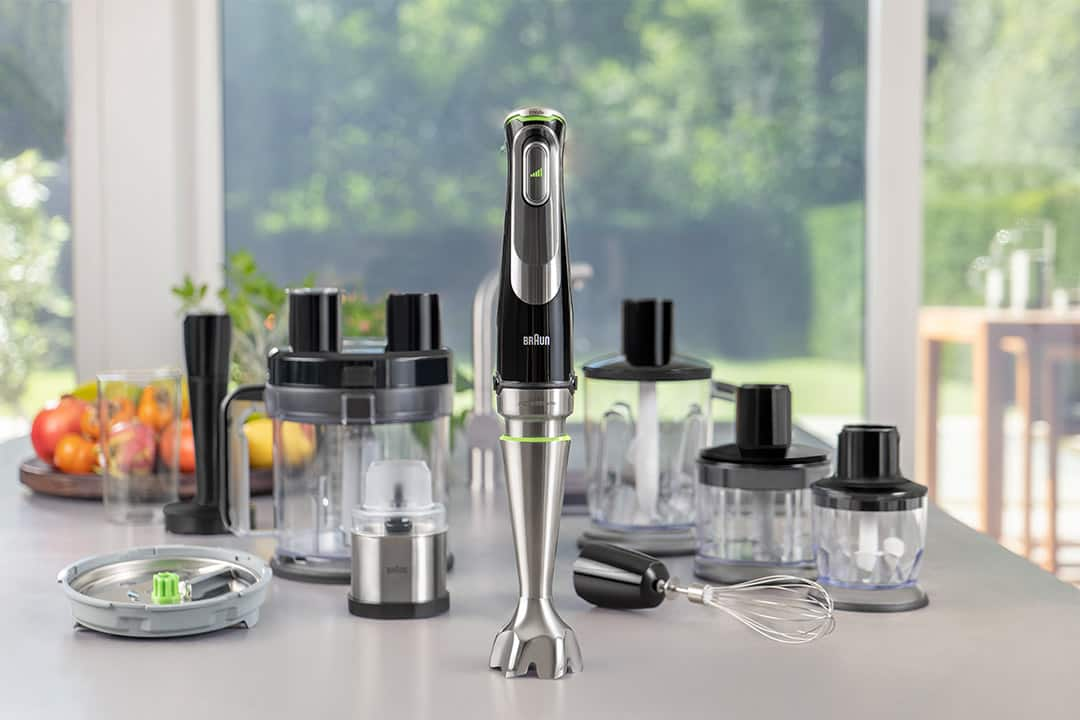Kitchen Appliances
Get inspired

Braun MultiQuick System
The world’s largest attachment system* for unlimited versatility.








Hand blender attachments & accessories
Hand blender attachments & accessories

Recipe collection
Fun and simple recipes from Braun.











